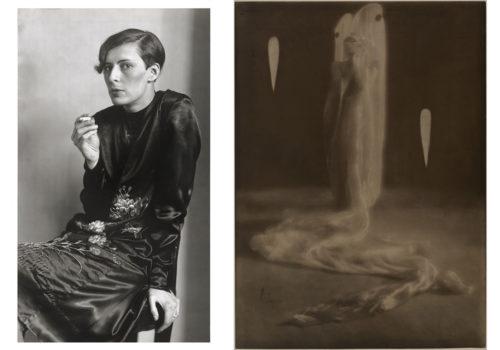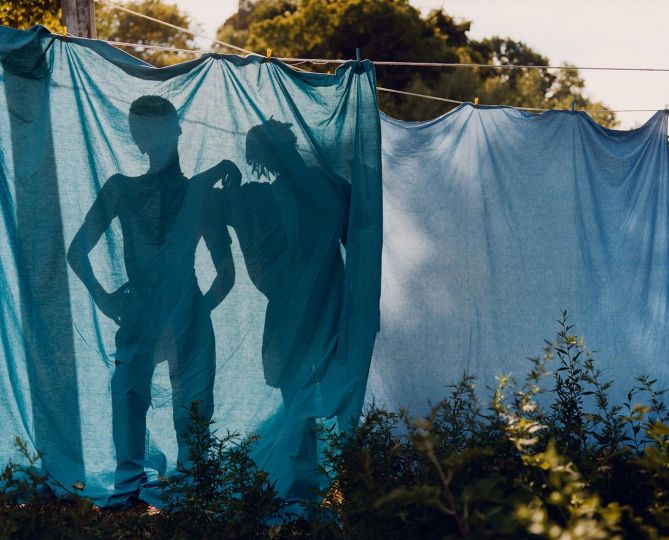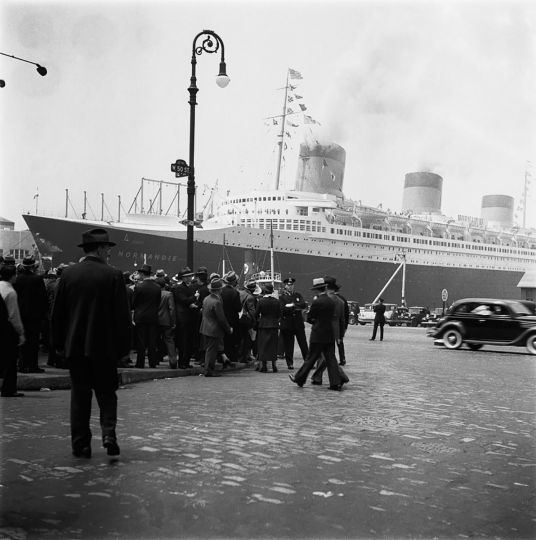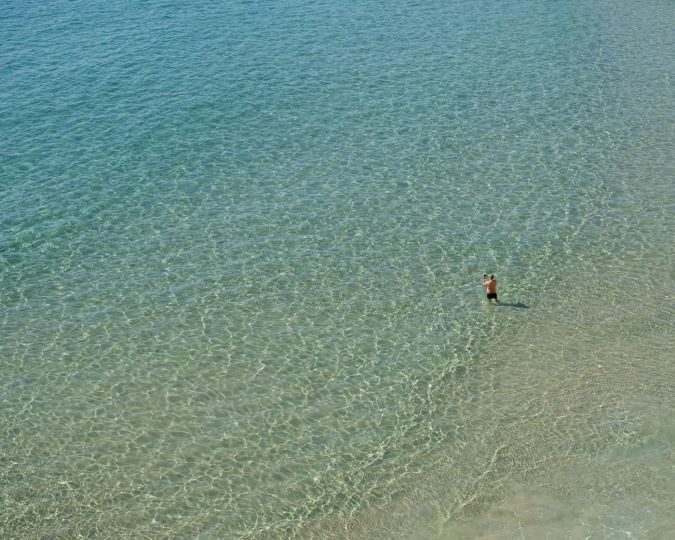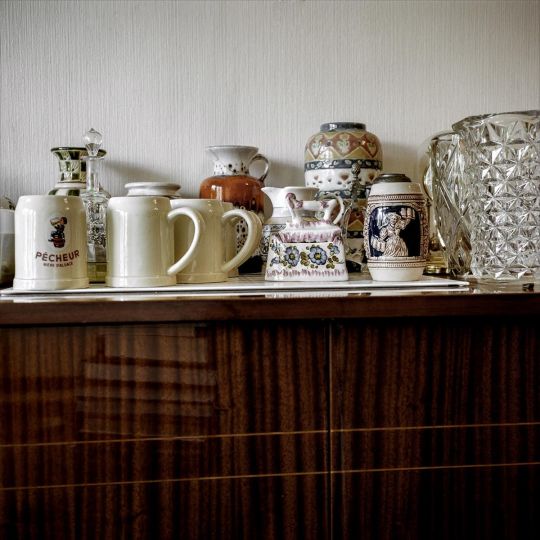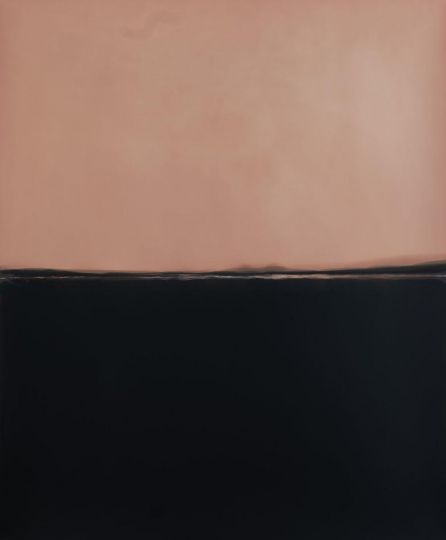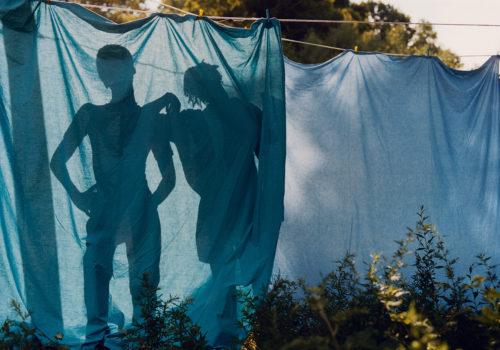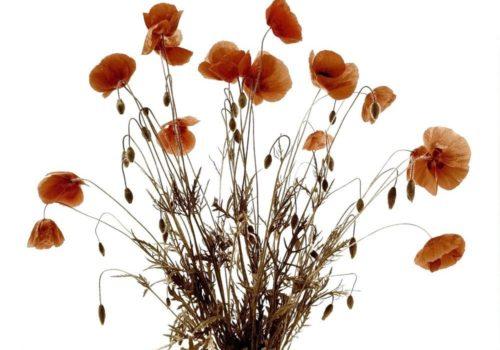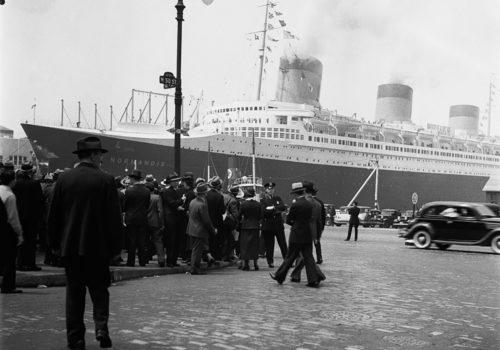This is the 34th dialogue of the Collezione Ettore Molinario. A dialogue on the invisible and on photography’s ability to capture this hidden energy. A three-way dialogue, because this time the authors are August Sander, Edward Weston and all the women, the great and powerful feminine, who felt the arrival, the strength and the most intimate necessity of this secret impulse.
Ettore Molinario
She inhaled, she relaxed and the smoke dispersed, blending into the grey background. In August Sander’s studio, the secretary of German Western Radio in Cologne, the famous Sekretärin beim Westdeutschen Rundfunk in Köln, had just created one of the most extraordinary portraits of twentieth-century photography. Yet those parted lips of hers, which had tasted the flavour of tobacco, tell an even greater story. From that mouth of hers and from that dark line that announces the internal darkness of her body between the soft turgidity of her flesh, something was coming out along with the smoke. Something ineffable and precious, something so close to Henri Bergson’s «vital impetus», the élan vital that the French philosopher had proposed in 1907 as a creative principle and drive towards anyone’s most authentic realisation. It is no coincidence that in Sander’s Men of the 20th Century, in the dictatorship of the title which considers only the male gender as humanity, it is women who announce the impetus of the new times and above all challenge photography, pushing it to create an image out of the invisibility of this energy. After all, what is the black material of Sekretärin’s dress, irregular, soft and vibrant in the silk folds, if not a new internal force that finally came out and was transformed into a second skin?
Four years earlier, in 1927, another twentieth-century woman had triggered this reaction, Helene, wife of the painter Peter Abelen. Sander had entrusted her with the most dangerous gesture, the smallest and potentially apocalyptic of all, the lighting of a match. And looking at Helene’s hands holding a box of matches, looking at her lips and teeth holding a cigarette, a very thin white line that accompanies the curvature of her body, and looking at those eyes ready to set the scene on fire, one cannot help but feel that the invisible spirit of the 20th century had already taken shape and become a female body. Body, in fact, physicality, weight, pace, starting the journey in the everyday world. Body and not ghost, but sometimes it is the spirits who first announce the happy news.
Edward Weston had portrayed Natacha Rambova in 1916. Natacha was born Winifred Kimball Shaughnessy in Salt Lake City, studied in England, fled to Russia, where she devoted herself to dancing, and changed her name there. The return to America, and the impossibility of going back to Moscow due to the October Revolution, pushed her to make other changes and in Hollywood Natacha became a set and costume designer for the films of Cecil De Mille, art director of Alla Nazimova, later wife of Rudolph Valentino. Fatal for both was the set of the film The Lady of the Camellias.
In Rambova’s portrait, pictorialism imposes a weightless material on Weston, as if the body was still searching for its identity behind a smoke screen of very light veils. The energy is entirely photographic, because it is the light of the demiurge-photographer, as well as the precious process of platinum printing, that transmits the vibrations of the dancer. A few years later, in 1924, everything changes in Edward Weston’s gaze and it will be a woman, Tina Modotti, her generous and sculptural body under the Mexico City sun, that will make every veil fall and suggest to Weston yet another way of seeing things and to transfigure them, sensing the hidden power of those things themselves, the élan vital. It’s nice to think that from Mexico to the Weimar Republic, in front of two giants of photography, it was the new women of the twentieth century who embodied and made visible that creative vigour that makes every life a project.
Ettore Molinario
DISCOVER COLLECTION DIALOGUES
https://collezionemolinario.com/en/dialogues

